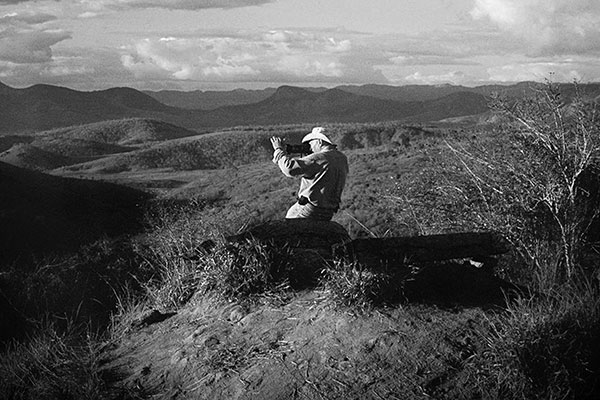The Salt of the Earth
Directed By Juliano Ribeiro Salgado & Wim Wenders
“People are the Salt of the Earth” Sebastião Salgado informs us — hardly a surprising conclusion from a successful social photographer. The observation establishes the impetus for the documentary, which quickly moves from being a biopic about Salgado into a wider meditation on human nature. The documentary posits that society and political institutions are the causes of human suffering and that, in the state of nature, humankind is pure and peaceful.
The film largely follows a traditional linear structure, mapping Salgado’s discourse on people onto developments in his own life. There are, however, a few bizarre deviations, particularly in early parts of the documentary, focusing on the impact of Salgado’s absence and how his work affects his son, who is also one of the documentary makers. I found the film’s apparent disinterest in this subject particularly disappointing as it would have at least given the documentary more objectivity, which it clearly lacked. This was an issue that was especially highlighted at the conclusion of the film, which became a personal appeal from Salgado, the father, to avert climate change and protect nature. The subjective nature of the film, however, is partially redeemed, or at least justified, by an early disclaimer from Salgado — and if photography is someone refracting his vision of the world through glass, then the documentary is Salgado refracting his worldview through film and the filmmakers.
It is precisely this subjective element, though, that makes the film a success. Salgado’s talent is striking, and having him explain the psychology of each photo leaves the audience with a sense of overwhelming beauty, even amid the mind-shattering horror of the world it depicts. The sense of calm that comes with the knowledge that all people, regardless of geographic or cultural division, are united and equally a part of nature ultimately makes this documentary worth viewing.



